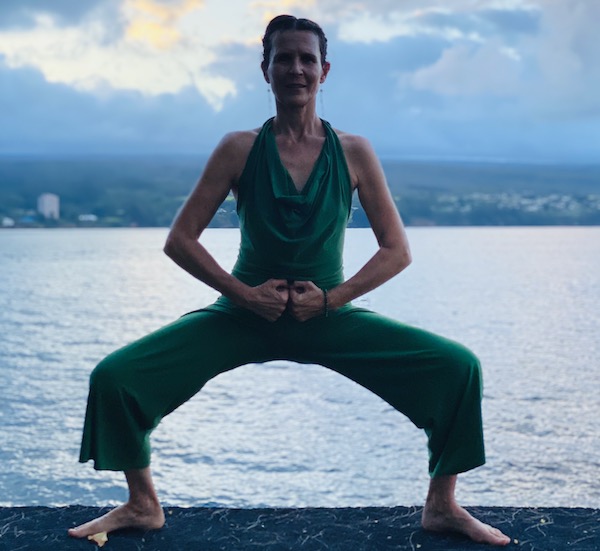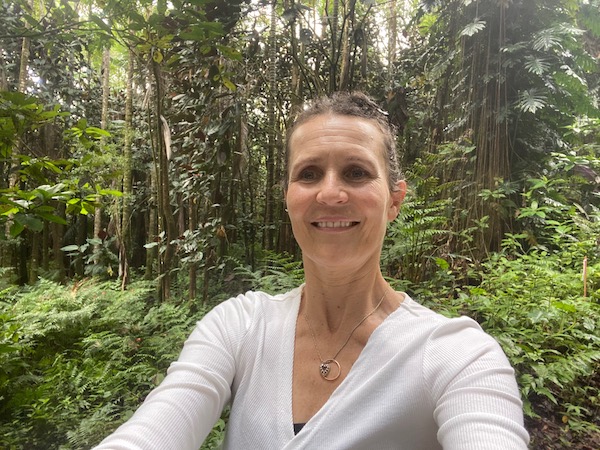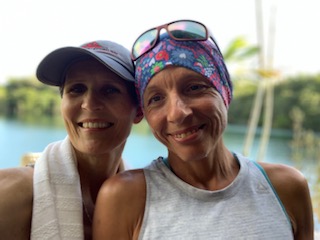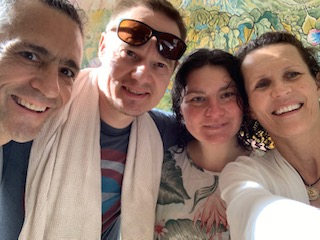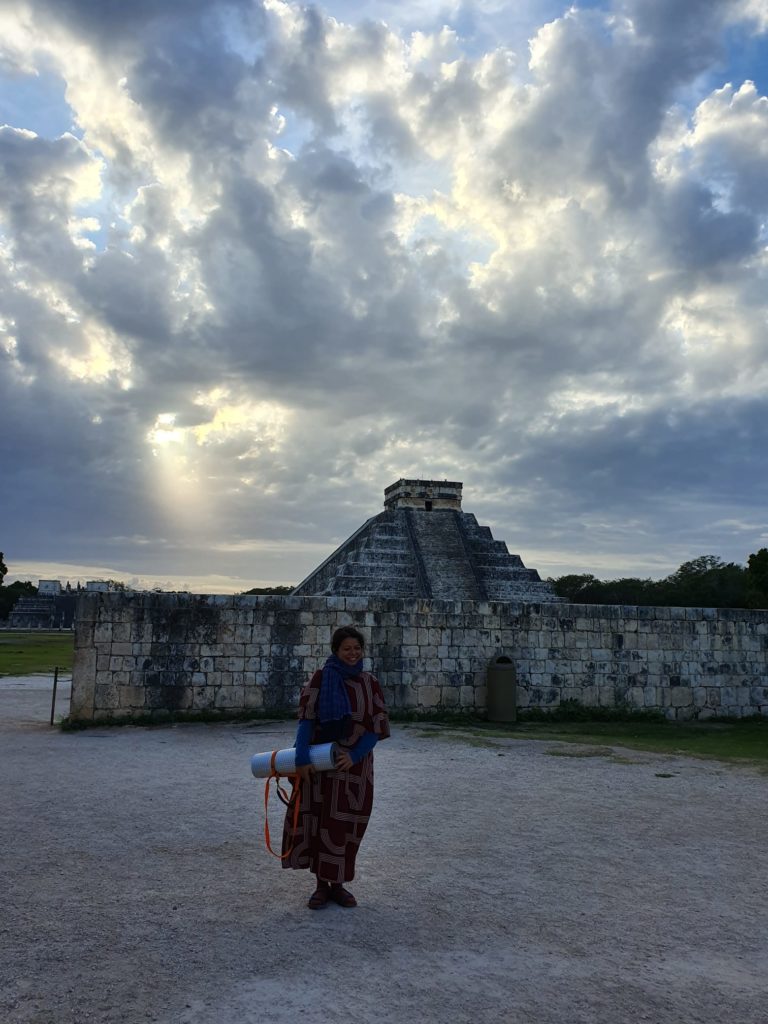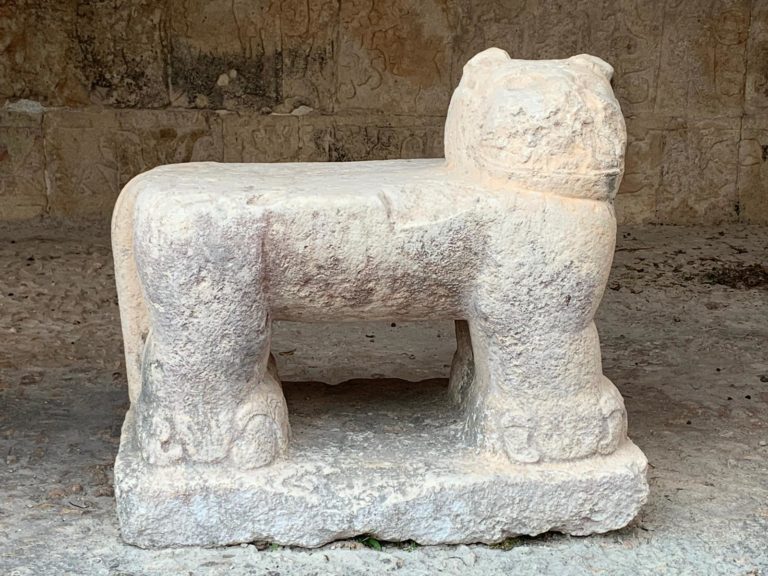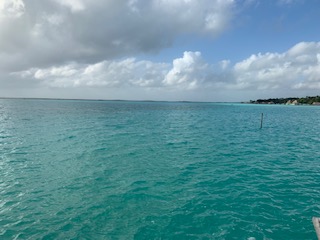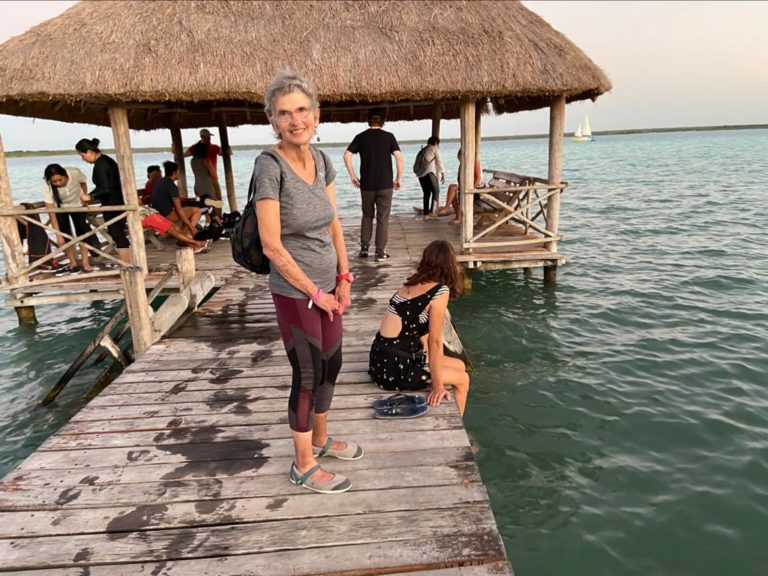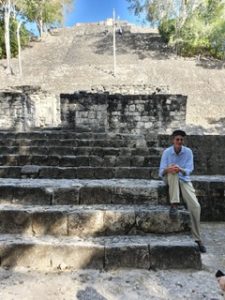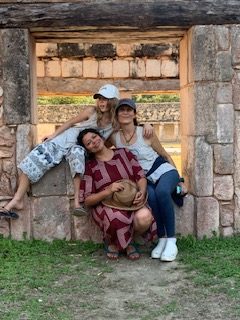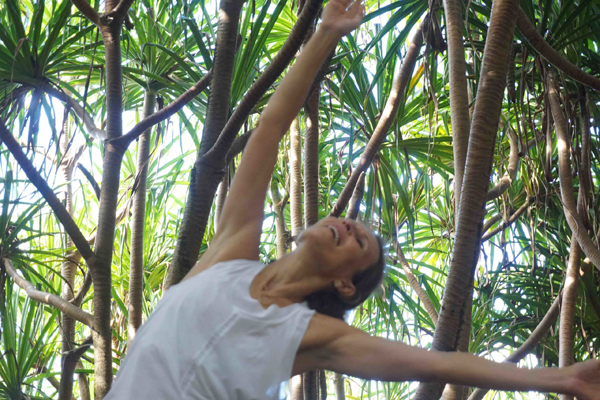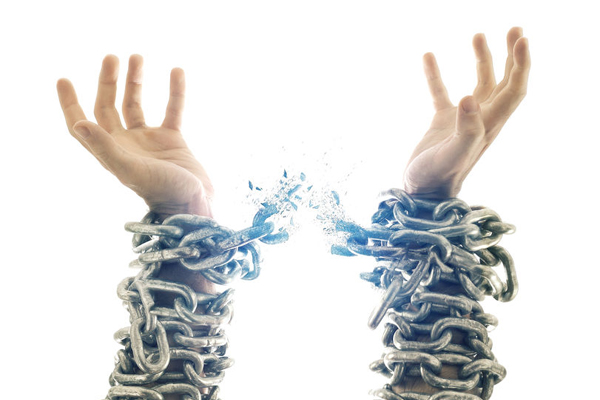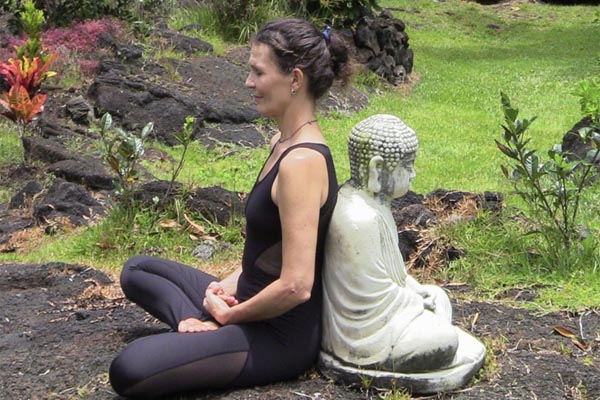It was a Sunday morning in the winter of 1996. The sunlight was shining through the tall windows of the main auditorium, warming the air. The white walls and green carpet seemed to glow as if they had been renovated over the weekend. The seminar participants around me were smiling with sparkling eyes, and I felt like I had more space to breathe.
I had flown from Los Angeles to Oakland with Carlos Castaneda and his students to lead a workshop on vitality and energy Redistribution. The workshop at Holy Names College began on Friday evening with a two-hour lecture in which Castaneda shared stories of what he learned from his teacher don Juan Matus, a leader of a lineage of shamans from ancient Mexico. Castaneda emphasized the practice of the movements not only to boost strength and stamina and to enhance alertness and a general sense of wellbeing, but also to awaken a sense of purpose in one’s life. He introduced the Warrior’s Way as a collection of believes and behaviors to support individuals to reach states of inner authority and freedom.
“It is your birthright,” he said from the stage, looking directly to the eyes of participants on the front row. He was walking elegantly across the stage, dressed in a dark brown suit and black shoes. The birthright he was referring to was the internal authority to choose freely—to discern what is good for life and choose what is worthwhile, to walk paths with heart.
Carlos Castaneda ran a company to promote his work: I was hired as an instructor just a few months before the seminar. I followed a rigorous physical training that included a complete change of diet (no sugar, not even an apple, no salt, no flour, no caffeine or stimulants and only home cooked meals), long hours of movement practice every day, and a complete change of attitude towards life. I worked during the day, and in the evenings, I attended the public school to learn English.
It was not in my plans to join his company or to move to the United States. I came from Argentina on a two-week vacation to attend one of his workshops. I traveled with friends and never thought of staying. I didn’t have the money, the talent, or the courage to even think about it. I had negative thoughts towards myself: I grew up hearing “Shut up, you’re a woman and you don’t know anything.” One of my brothers repeated it to me daily and his voice echoed in my head through the years. I had internalized that voice as mine without questioning it.
Until the day, in my first workshop in Culver City high school cafeteria in Los Angeles, when I experienced something different, as if the noise that the internalized voice produced had suddenly stopped. It was like when you unplug the fridge and realize the noise it made, and you are suddenly embraced by silence. My tummy relaxed and I felt my weight on the ground, as if I had finally landed on Earth. Gravitational forces were welcoming me, I felt joy even in my bones. Despite not knowing English and listen to a translation of what was said from the stage, I felt that I could understand beyond words.
Everything seemed to welcome me: At the entrance, the organizers greeted me as if they knew me, the three women on the stage smiled at me when I walked by, a person gave me his mat to sit on and I hugged the large group of Latinos, with whom I shared lunch in the breaks. It was a feeling of being in sync with life. The energetic passes practiced in unison increasing the feeling of camaraderie, like when you go to a concerts and you can all sing the same song because you know the lyrics by heart. It was a sense of oneness and that anything is possible, that made me feel free, and that I belonged.
It was playing sports that brought me back to life after I fell ill with rheumatic fever at the age of 8. Skin and bones, paralyzed in bed and abused by relatives, it was joining a swimming class and feeling supported by the warm water that made me want to be alive. My muscles ached because my chest was having to expand, but my eyes could look up again. Playing on a volleyball team, I experienced working with others for the same goal and belonging, something I couldn’t feel at home. To experience this deep sense of connection with others, that I so longed for, helped me make the decision to stay in Los Angeles. I said yes to Castaneda’s job offer: I could study, work with women and serve a bigger purpose. I didn’t stay because I wanted to be close to Castaneda. I stayed because it was my chance to reclaim my connection to life.
Oakland was my second workshop as an instructor: there were three stages in the big room with around 300 participants, divided into three groups dispersed around each stage. On Sunday morning, I was standing on the stage next to the main door, following a sequence of movements for readiness and precision.
Being on stage and being a part of this group of women warriors challenged all my family’s beliefs. I was breaking the pattern of my lineage where women were destined to be secretaries and to serve their husbands at home. The stress created by wanting to perform without mistakes and the mourning of what was breaking in me created an internal friction that drove me to an edge. I was facing my enemies. In the early Saturday session, a Spaniard with a strong accent and deep voice, holding my arm tightly and angrily, asked me “Why are you on stage now, if you were a participant a few months ago?”. He reminded me of my brother. A part of me wanted to disappear into the crowd and be a participant. After all, I didn’t look so good: I had gained weight with the new diet and I felt bloated. My inner voice kept insisting that I was useless, and with the same force, another voice was growing and expressing “let me be free.” I was fighting the dragon and, defeating the urge to shrink with each breath and movement.
Castaneda decided to change the question-and-answer session that would end the workshop, to another movement session and came to the stage where I was standing to explain the details. In jeans, with a cream-colored shirt and New Balance sneakers, he moved with ease and flexibility as if stress could never reach his body. His left hand was in his pocket, and his right hand demonstrated the movements. I can see him as clear today as if time had not passed.
Suddenly, a large mass of participants rushed towards our stage. Castaneda signaled everyone to go back and assured them that he would jump to the other two stages, but no one listened. Then he went to the second stage and explained the same details: to keep the thumbs near the index fingers with a flat palm of the hands, as one performs circles, and to keep the eyes at the horizon level. The great mass of participants followed him. With a tight smile, he made it clear to everyone that they didn’t have to follow him: the magic would be found in what they discovered when they practiced the movements. He even challenged them:
“Those of you who have already heard what I say, stay here and practice the movements: I am going to jump to the third stage, you do not need to follow me.” But most of the people followed him, as if blinded by an almost hysterical euphoria.
On the third stage, his smile faded, and his voice sounded metallic:
“Please, I don’t want followers, I’m not your daddy…,” he repeated several times, as if looking for a way out of his feelings rising and about to erupt. I don’t remember his exact words, but he said something like:
“Go home and recap what you have learned. Get together with others and practice. This is how you can get closer to me, by becoming practitioners, and using your energy to change your lives.”
That same afternoon we flew back to Los Angeles. In the plane, Castaneda was sitting in front of me in tourist class in complete silence. The next day he called me to cancel our daily practice. He explained that he had fallen ill and needed to rest. The sinister image of the participants following him from stage to stage at the seminar haunted him. He said that people will not understand what he was trying to do. He hated personal attention and being put on a pedestal, and treated like a celebrity. Since he wrote the Teachings of don Juan, he had spent a lot of time in anonymity. At the end of the phone call he changed his mind, “Come over, let’s work in the garden and prunes the trees, that may help to clear the shadow.” Castaneda did not travel again and this workshop was one of his last public appearances.
Recapitulating that Sunday afternoon in Oakland from the position of who I am today after almost 30 years of travelling and teaching Castaneda’s work all over the world, I realize that I have been on the stage enough times to understand that the message is the priority, not the messenger. Now I can speak English fluently and I can recognize my true voice, so I can say to participants with conviction: “Close your eyes, call on your internal authority, do not lose your integrity, follow the authority of your heart, follow your own voice.”

